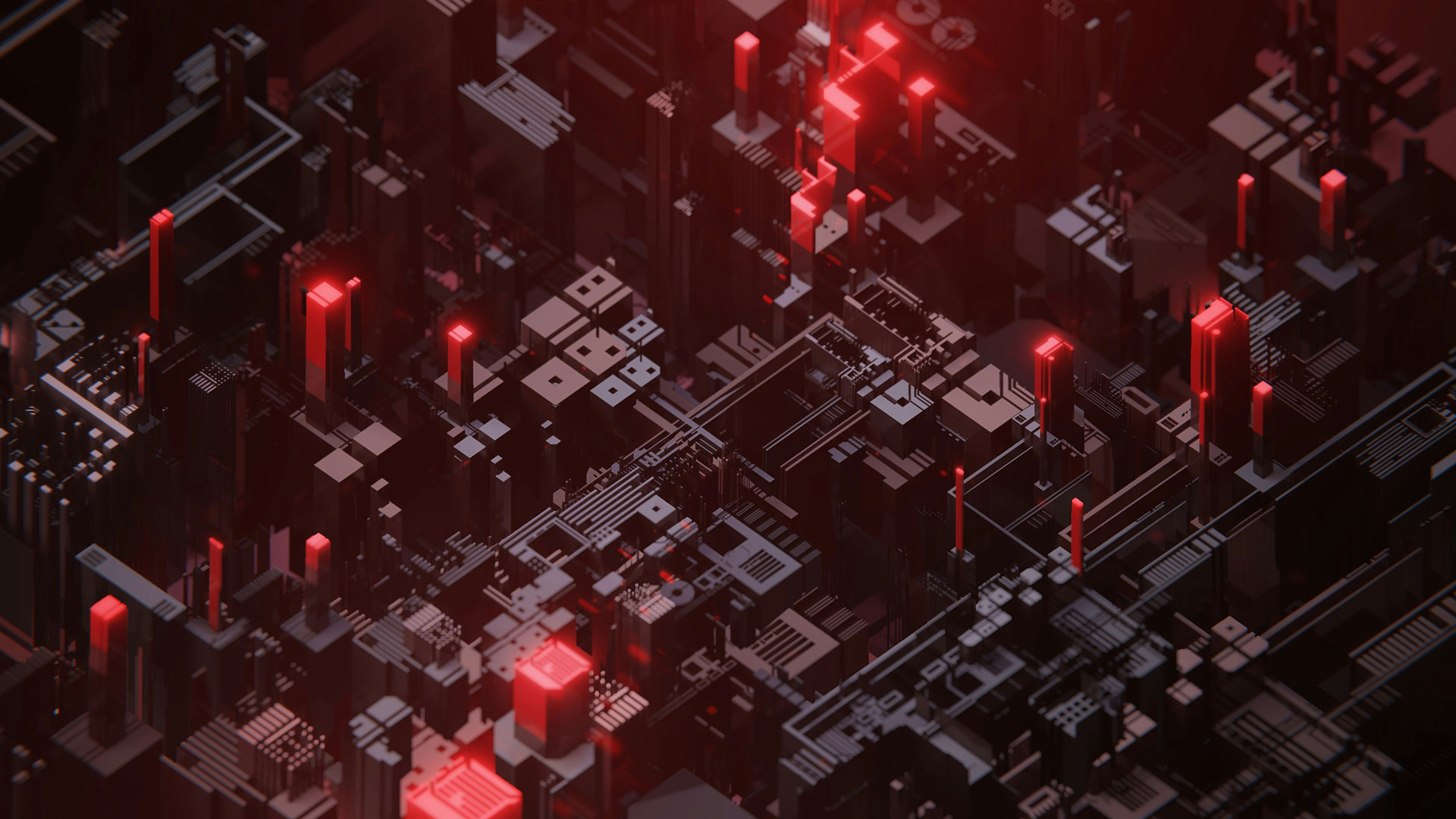Published by
As smart technology continues to evolve, forward-looking urban centers are beginning to implement a range of innovative services and conveniences, earning these communities the distinction of being “smart cities.” Advances in managing everything from transportation to waste management promise to have a significant impact on residents and businesses, improving everyone’s overall quality of life.
According to tech experts, the era of smoothly functioning, technology-empowered smart cities may not be “right now,” but it isn’t far off. Below, 19 members of Forbes Technology Council explore rising trends in smart city technology that are or will soon be boosting convenience, safety, sustainability and more in urban areas.
1. Autonomous Vehicles
Autonomous vehicles will transform mobility. In San Francisco, Waymo is already available. Trust and comfort are the primary benefits of the services being delivered today. However, autonomous travel systems require infrastructure that is not yet ready. Cities need improved energy distribution and traffic management (for air, sea and land) to offer these services to their citizens. This will involve building a new service category around city autonomy. – Daniel Riedel, Copado
2. ‘Cognitive Cities’ Technology
The third wave of smart cities—”cognitive cities”—is making concepts such as “smart cities as a service” a reality. Adding layers of artificial intelligence to the smart city digital platform creates a more responsive and cognitive city. This also opens up the possibility of stronger citizen engagement and increased intimacy, bridging the divide between a city’s administration and its citizens. – Usman Javaid, Orange Business
4. Geolocation Data
Geolocation data delivers useful information about citizens’ behavior and movement patterns. Smart cities are already relying on location data for traffic abatement, for decisions about where to locate services and as a means to attract new industries with data-based profiles of markets. For taxpayers, this means better services where they need them. For businesses, it means better resource planning. – Gladys Kong, Near
5. ‘Context Aware’ Computing
Evolving smart cities will require “context aware” computing to better respond to occupants’ needs. This will build upon widely deployed Internet of Things technologies that currently enable centralized command and control. By distributing edge AI capabilities to locally analyze data from multiple sensors, smart cities will be able to react more quickly and accurately to users’ needs and intents. – Vikram Gupta, Synaptics
6. Air Taxis
As smart city technologies evolve, the adoption of air taxis is expected to increase significantly in urban areas. Apart from supporting urban development and the reduction of road congestion, these advanced air mobility solutions can drastically reduce the time required to transport medical supplies, organs for transplant and healthcare professionals to and from isolated areas. – Ketan Anand, Suuchi
7. AI-Powered Public Transit
Are we ready for AI-powered public transportation? This includes dynamically adjusting routes and schedules based on real-time data to minimize wait times and maximize efficiency. Such advancements will improve user engagement with public transit systems, similar to how we monitor viewability patterns and user engagement in social media apps. – Giovanni Punzo, Streann Media
8. Smart Storage
Smart storage that follows you is on the rise. Whether it’s receiving a package you need, having your luggage sent to your destination before you arrive, or the delivery of a hot meal from the local restaurant you love so much, smart storage, with a virtual address that follows you in time and place, is the future. One can envision an NFT-authenticated digital twin being 3D printed at your destination and waiting in storage for you while you’re on your journey. – John Walsh, III, Red Summit
9. Flexible Workspaces And ‘Pilot Labs’
Flexible workspaces and “pilot labs” are on the rise. These facilities help small businesses thrive by taking on the responsibilities of technology, furniture and space. Many of these facilities also come with personnel to aid in coordination, collaboration and mentorship. Urban areas are soon to be flush with affordable, flexible working environments that will empower the SMB space. – Tom Roberto, SG Network Services
10. GenAI-Powered Natural Language Service Models
Driven by the generative AI revolution and large language models, user interfaces for services are evolving, with intuitive interfaces using natural language becoming more common. Smart services provided by machines will increasingly process and even understand natural language, enhancing the user experience. – Gautam Hazari, Sekura.id
11. Proactive Data Security
Smart cities are data-driven; a lot of data flows through various systems and infrastructures. Data security typically is not visible, and users of multiple services are unaware of how insecure systems are until there is a security breach. With AI and autonomous networks, smart cities can be more proactive about detecting, predicting and preventing security breaches and ensuring data security. – Kaitki Agarwal, A5G Networks, Inc.
12. Support For The Gig Economy
Greater access to the gig economy will become an increasingly common convenience in urban areas as smart city technologies evolve. When drivers use mapping apps, for example, they will be able to connect with nearby residents looking for ridesharing services. If someone is stepping out for groceries, they will be able to quickly and easily identify neighbors looking for someone to shop for them. – Anar Mammadov, Senpex Technology
13. Community Health Tracking Systems
Health tracking systems will be expanded and will eventually be able to provide a “disease forecast” that could be used to indicate which areas are more prone to transmission of recurring or novel diseases. Wastewater monitoring became more common after the last pandemic, and the technology could be used for more localized analysis. – Luke Wallace, Bottle Rocket
14. Intelligent Waste Management
Intelligent waste management will soon be common in urban areas. These systems use IoT sensors and AI to monitor waste levels, optimize collection routes and enhance recycling. This reduces fuel consumption, lowers carbon emissions and minimizes landfill use. Efficient sorting and predictive maintenance improve recycling rates and resource conservation, contributing to urban sustainability and environmental protection. – Sri Bhargav Krishna Adusumilli, MindQuest Technology Solutions LLC
15. Automated Public Transit Payment Systems
Automated payment systems are becoming increasingly common among various forms of public transportation in cities. A unified time-based ticket, monthly subscriptions and other ticket types can all be purchased via contactless methods at stops—or even inside vehicles—without the need for a printed ticket or other type of confirmation. – Yuriy Berdnikov, Perpetio
16. Intelligent Traffic Management Systems
As our cities become smarter, we’ll start seeing more intelligent traffic management systems. These systems use real-time data and advanced technology to improve traffic flows, reduce congestion and make public transportation more efficient. – Sarah Choudhary, Ice innovations
17. Integrated Health And Safety Monitoring Platforms
Opt-in, continual and contextualized monitoring platforms that provide an array of services will be offered by both private and public entities. Look for services that monitor current conditions and provide a seamless array of health, safety and green convenience options. Human-aware, properly trained monitoring services will improve the state of today’s urban environments. – James Stanger, CompTIA
18. Smart Parking Systems
The service likely to become increasingly common in urban areas as smart city technologies evolve is smart parking systems. These systems use sensors, cameras and data analytics to provide real-time information on parking space availability. Drivers can use mobile apps to find and reserve available parking spots, reducing the time spent searching for parking and decreasing traffic congestion. – Roman Reznikov, Intellias
19. 24/7 Maintenance Services Carried Out By Robots
In the longer term, I look forward to my local municipality having a small army of AI-driven Boston Dynamics (or similar) robots that can autonomously work night and day to optimize the quality of life for residents by repairing streets, planting trees, building and expanding structures, removing blight and trash, and more. – Sam Glassenberg, Level Ex
20. Micro-Mobility Hubs
As smart city technologies advance, expect to see widespread adoption of urban micro-mobility hubs. These hubs will integrate electric bikes, scooters and car-sharing options, all accessible via a unified digital platform. Enhanced with AI, they’ll offer route optimization, maintenance alerts and availability predictions, streamlining daily commutes and reducing urban congestion and pollution. – Rohit Anabheri, Sakesh Solutions LLC
Originally published at Forbes.
Share:
Categories
tags
Related Posts

AI and the Future of Restaurant Hospitality

The Value of Agency Project Managers


